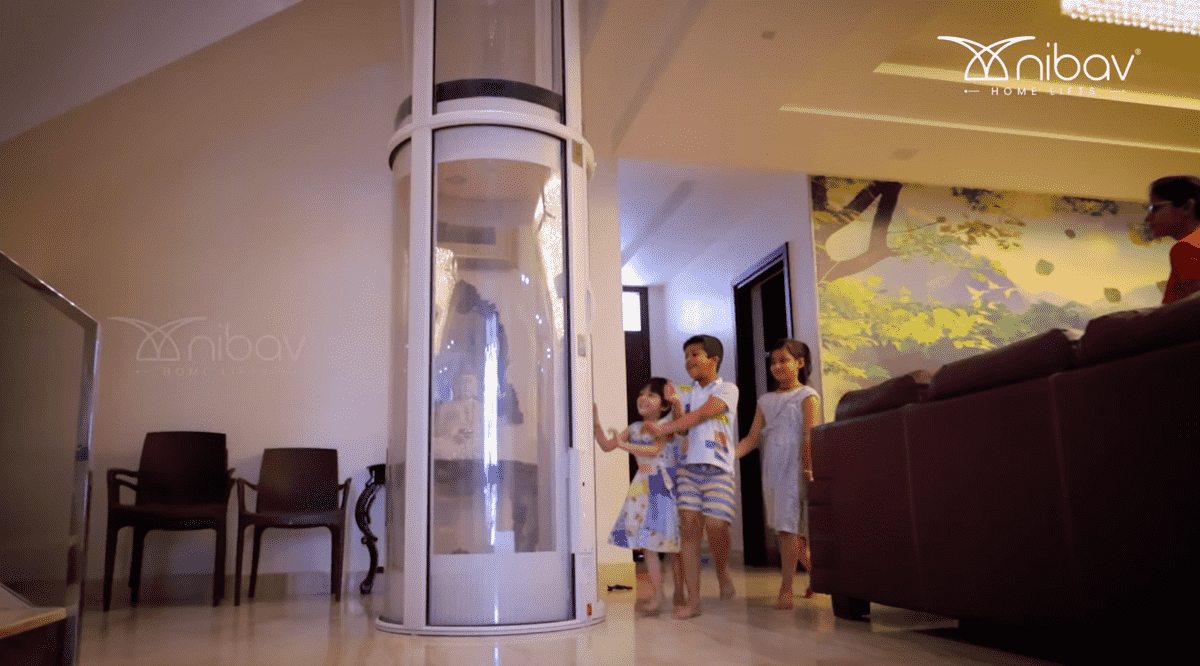Elevators have become a vital addition to modern homes, offering convenience, safety, and a touch of luxury. However, to ensure that your home elevator remains in peak working condition, regular maintenance is essential. A well-maintained elevator not only guarantees smooth and reliable operation but also extends its lifespan and enhances safety. In this comprehensive guide, we will provide a detailed elevator maintenance checklist tailored specifically for Nibav home lifts, covering all aspects of upkeep to keep your elevator running efficiently.
Why Elevator Maintenance is Important
Regular maintenance of your home elevator is crucial for several reasons:
- Safety: Ensuring that all components are in good working order minimizes the risk of accidents and malfunctions.
- Efficiency: Regular maintenance helps in the smooth operation of the elevator, reducing the chances of unexpected breakdowns.
- Longevity: Proper upkeep extends the life of your elevator, saving you from costly repairs or replacements in the long run.
- Compliance: Adhering to maintenance guidelines ensures that your elevator complies with local safety regulations and standards.
Daily Maintenance Tasks
Visual Inspection
- Check for Unusual Noises: Listen for any abnormal sounds during the elevator’s operation, which could indicate a potential issue.
- Inspect Doors: Ensure that the doors open and close smoothly without any obstructions.
- Check Control Panels: Make sure that all buttons and control panels are functioning correctly.
Cleanliness
- Cabin Cleanliness: Keep the elevator cabin clean by wiping down surfaces, mirrors, and handrails.
- Door Tracks: Clear any debris or dirt from the door tracks to prevent jamming.
Weekly Maintenance Tasks
Functional Checks
- Test Emergency Systems: Verify that the emergency alarm and intercom systems are working correctly.
- Inspect Lighting: Ensure all lights inside the elevator cabin and on the control panel are operational.
Lubrication
- Lubricate Moving Parts: Apply lubricant to the door tracks and other moving parts as recommended by the manufacturer.
Monthly Maintenance Tasks
Detailed Inspection
- Check Cables and Pulleys: Inspect the condition of cables and pulleys for signs of wear and tear.
- Inspect Safety Gear: Ensure that all safety gears and mechanisms are intact and functioning.
Performance Testing
- Load Testing: Conduct load tests to ensure the elevator can handle its maximum capacity without issues.
- Speed Test: Verify that the elevator operates at the correct speed as per the manufacturer’s specifications.
Quarterly Maintenance Tasks
Professional Servicing
- Hire a Technician: Schedule a professional technician to perform a thorough inspection and maintenance of the elevator.
- System Diagnostics: Have the technician run system diagnostics to identify and address any potential issues.
Annual Maintenance Tasks
Comprehensive Checkup
- Complete Overhaul: Perform a complete overhaul of the elevator, including a detailed inspection of all components.
- Update Software: Ensure that the elevator’s software and control systems are up to date.
Safety Tips for Elevator Maintenance
- Use Qualified Professionals: Always hire certified and experienced technicians for servicing and repairs.
- Regular Training: Ensure that anyone responsible for the elevator’s maintenance is properly trained.
- Follow Manufacturer’s Guidelines: Adhere to the maintenance schedule and guidelines provided by Nibav.
- Keep Records: Maintain detailed records of all maintenance activities, inspections, and repairs.
Common Issues and Troubleshooting
- Doors Not Closing Properly: Check for obstructions in the door tracks and ensure the sensors are clean.
- Unusual Noises: Inspect for loose components or lack of lubrication in moving parts.
- Slow Operation: Verify that the control systems are functioning correctly and that there are no obstructions in the shaft.
- Frequent Breakdowns: Regularly inspect and maintain critical components to prevent recurrent issues.
Benefits of Regular Maintenance
- Enhanced Safety: Regular checks and maintenance ensure that the elevator operates safely, reducing the risk of accidents.
- Improved Efficiency: Well-maintained elevators perform better and are less likely to experience downtime.
- Cost Savings: Preventive maintenance reduces the likelihood of costly repairs and extends the lifespan of the elevator.
- Peace of Mind: Knowing that your elevator is regularly maintained provides peace of mind for you and your family.
Maintaining your Nibav home lift is crucial for ensuring its safety, efficiency, and longevity. By following this comprehensive elevator maintenance checklist, you can keep your home elevator in top condition, providing reliable and safe service for years to come. Regular maintenance not only prevents potential issues but also enhances the overall performance and value of your elevator. For more information on maintaining your Nibav home lift or to schedule professional servicing, contact us today.
